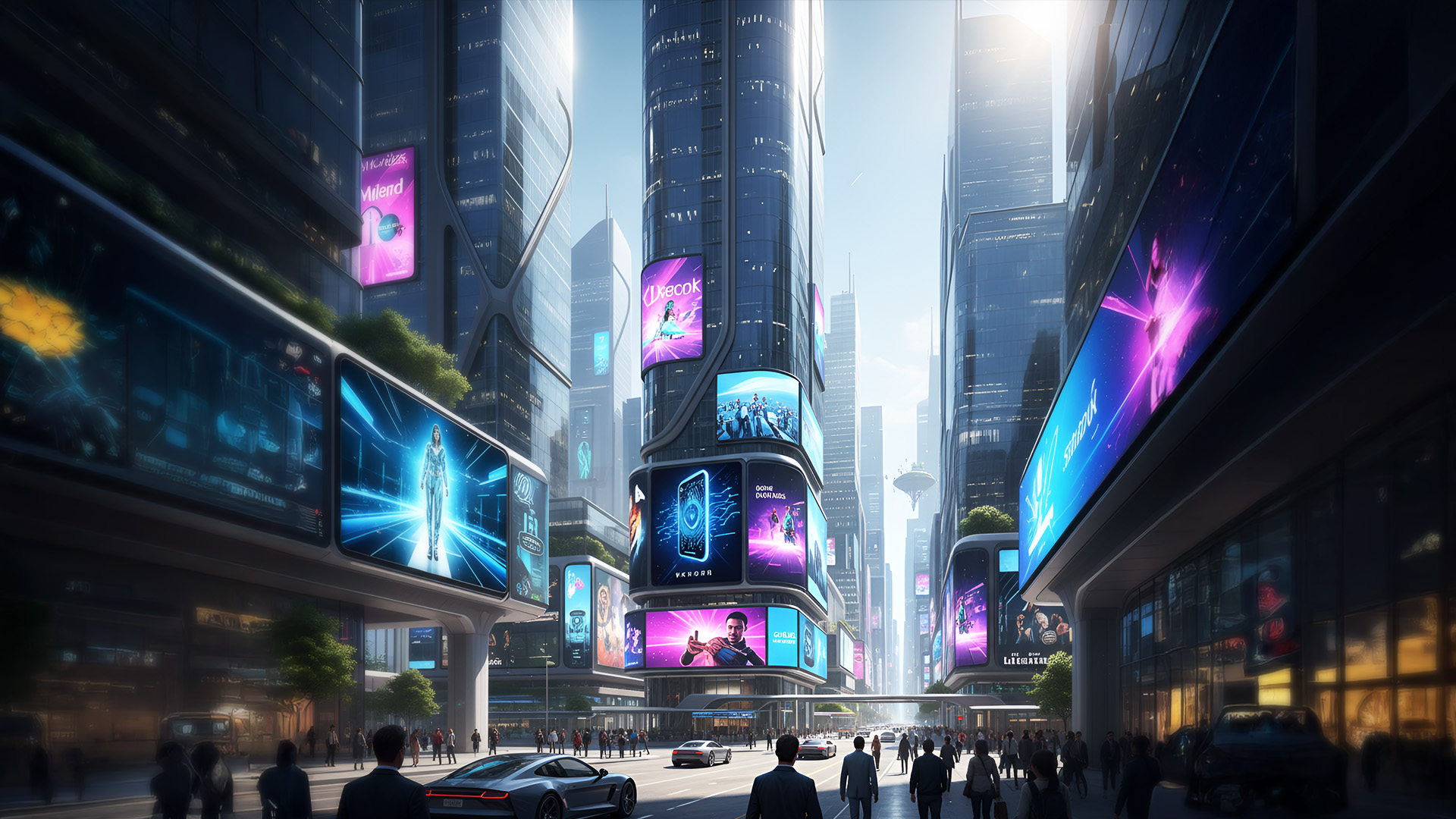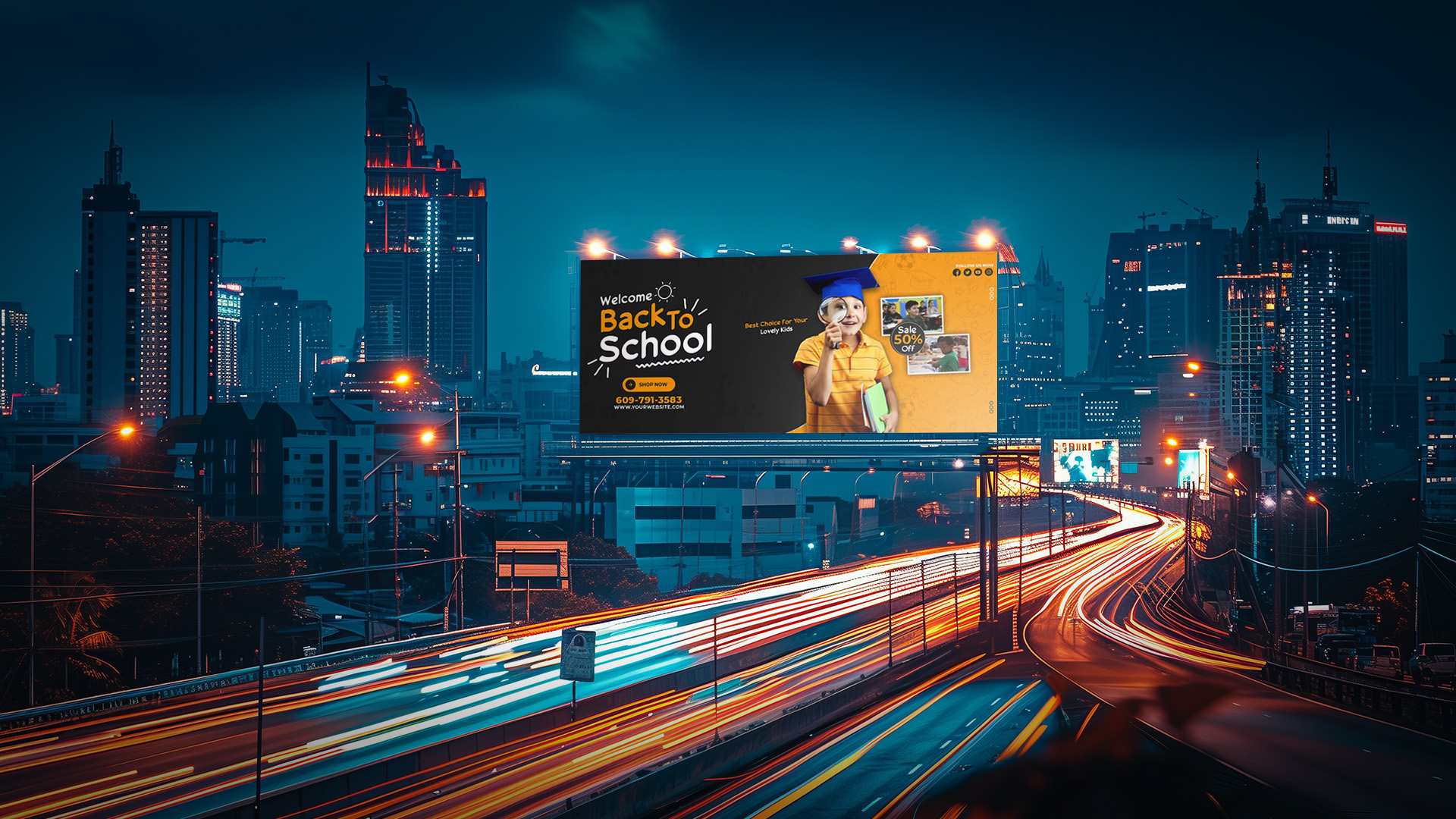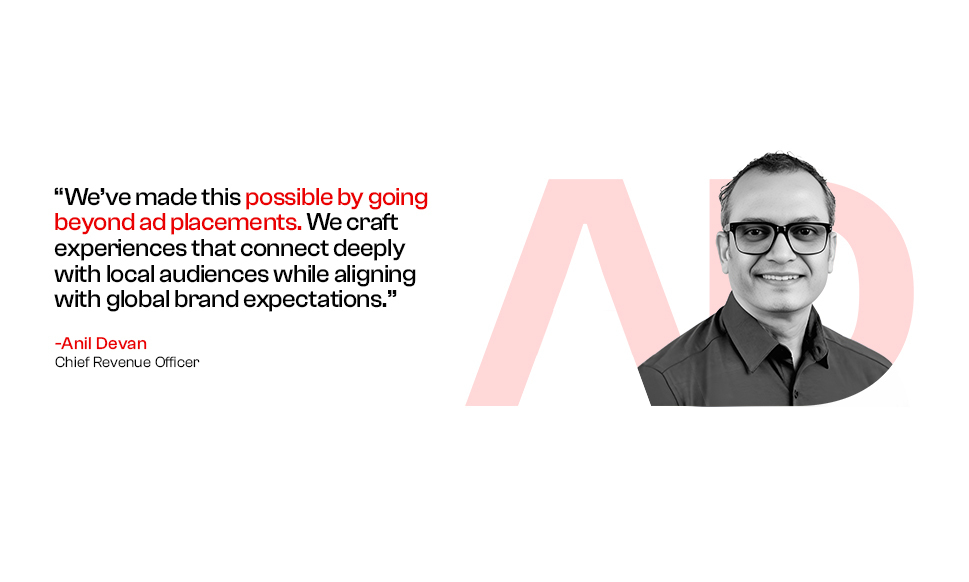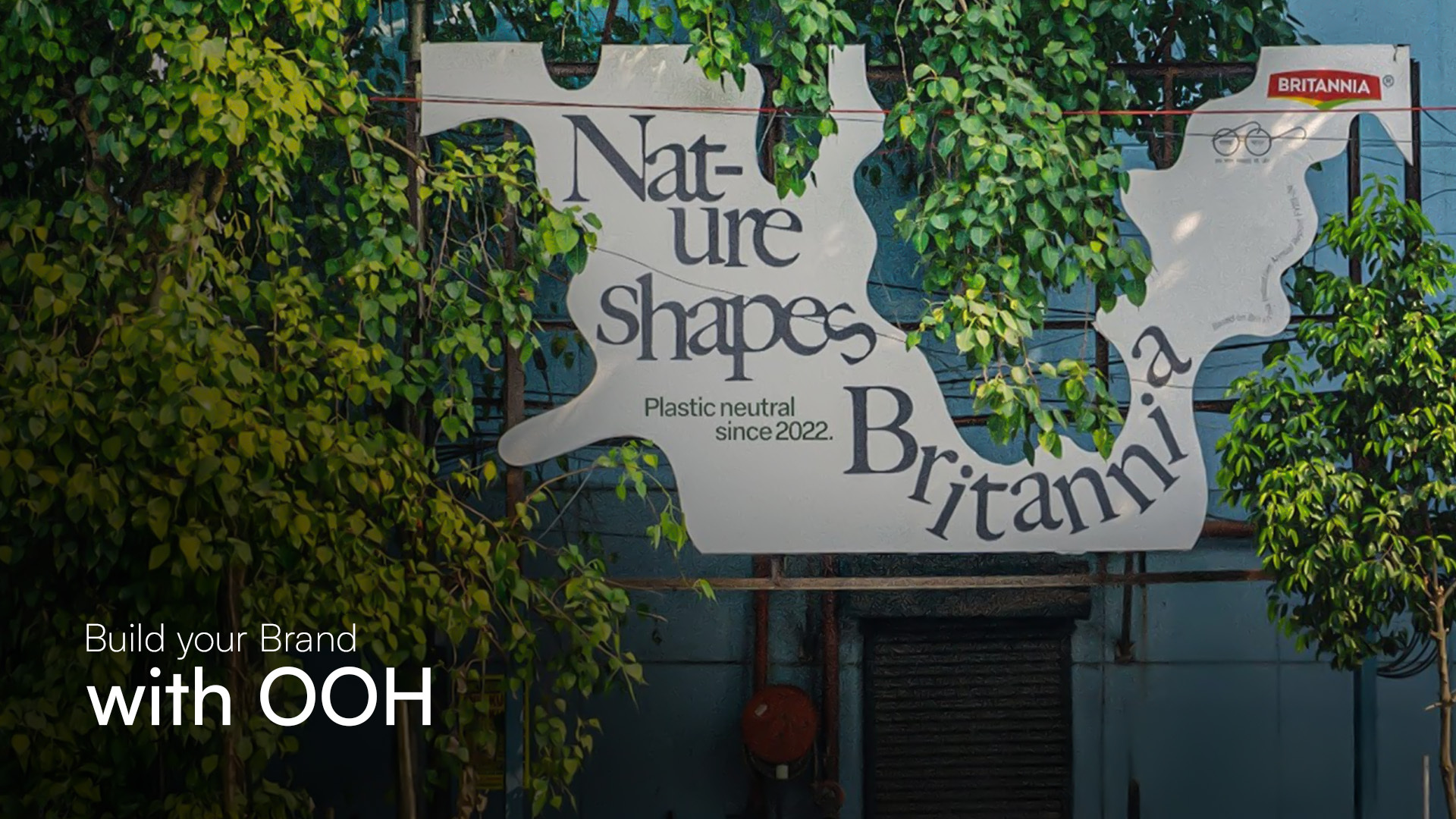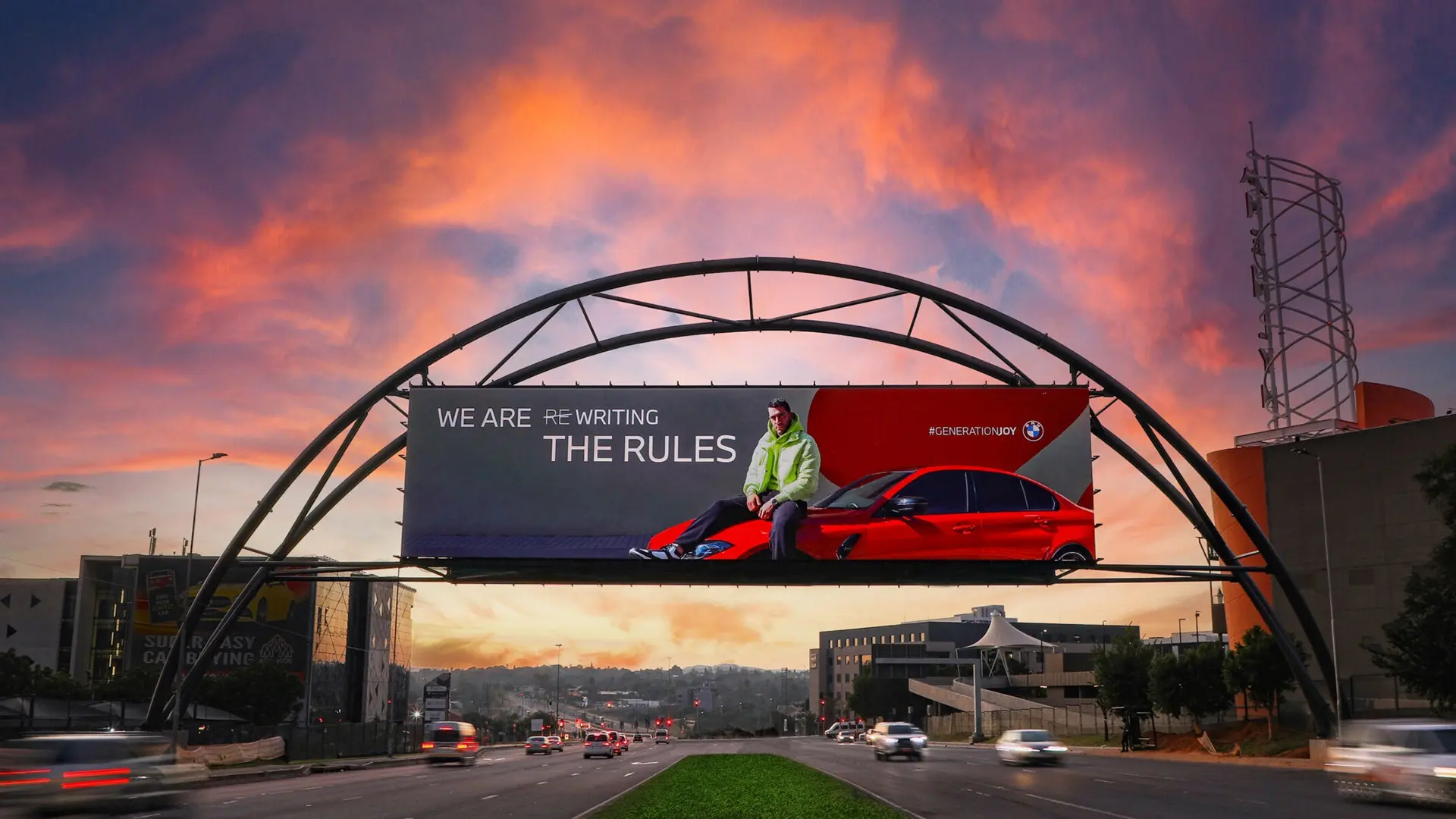

Imagine you run a small bakery in your town and you want to target the right customers. You know your customers love fresh pastries in the morning! But you also know that every day new people move into the neighborhood. How do you reach them? Before you might have had flyers, or placed an ad in the local newspaper, hoping the right people would see it. But today, advertising has evolved.
Now, think about a digital billboard that automatically displays your ad for your bakery only during peak morning hours to commuters looking for pastries. Even better, imagine this happening automatically. And you don’t have to guess where to place the ad. Sounds perfect, right?
That’s the magic of programmatic digital-out-of-home (prDOOH) advertising. It connects businesses with the right customers at the right time!
What Is Programmatic Advertising?
● Automated Process
PrDOOH is the automated buying and placement of ads on digital billboards. Advertisers use Demand-Side Platforms (DSPs)—software tools that automate the buying of ad space.
● Real-Time Bidding
It uses algorithmic software to buy ad space dynamically, ensuring cost-efficient and timely placements.
● No Manual Negotiations
Unlike traditional ad buying, there are no salespeople negotiating deals or signing papers.
● Data-Driven Targeting
It leverages real-time data, such as weather, traffic patterns, and audience demographics, to display ads when they will be most effective.
➔ Location Data: Where the screen is placed (airport, mall, highway, etc.)
➔ Time: Morning coffee ads? Evening dinner promos? Timing matters.
➔ Weather Conditions: Sunscreen ads during sunny days, or soup ads during rain.
➔ Audience Movement Data: Using anonymous mobile data or sensors to estimate foot traffic.
Why Programmatic Advertising?
● Precision Targeting –It uses live data to target audiences on demographics, interests, behaviors, and even location.
● Scalability – Programmatic advertising can help a small business and a global brand reach the right audience across multiple locations simultaneously.
● Efficiency – No need to spend hours negotiating ad placements. The system does it for you, allowing marketers to focus on strategy and creativity.
● Better ROI – You end up spending a lot less on ads that work and a lot more on ads that get you conversions with data-driven targeting.
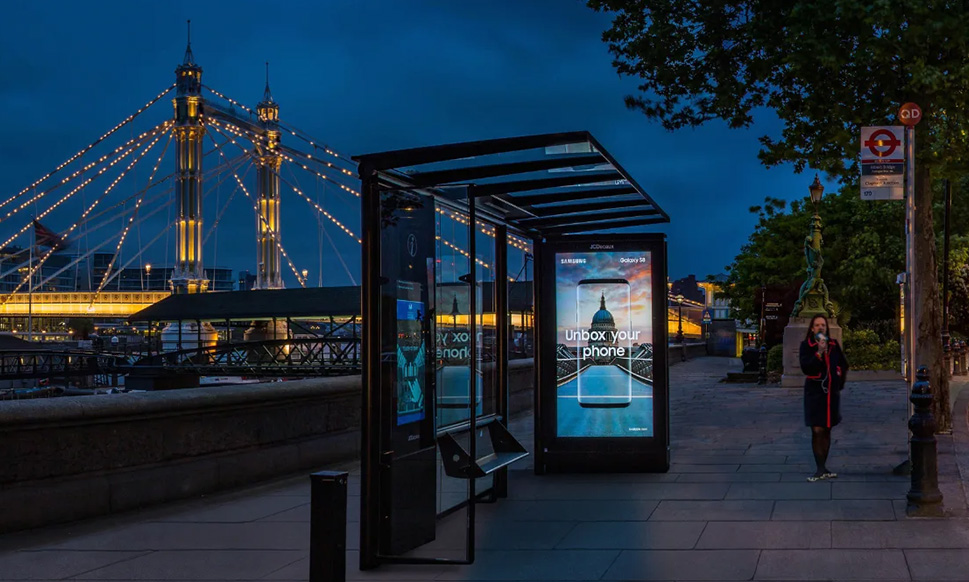
Key Benefits of prDOOH Advertising
● Improved Targeting
By analyzing data on consumer behaviors and movement patterns, advertisers can target specific demographics and display messages only in high-traffic locations at the right times.
● Greater Flexibility
Campaigns can be modified in real time. It enables advertisers to quickly adapt to market trends or external factors. This helps maximize ad spend and effectiveness.
● Increased Brand Exposure
Digital displays positioned in high-footfall locations. It increases visibility, attracting the attention of consumers as they go about their daily lives.
● Ad Analytics
Provides advertisers with insights into their ad performance in real time. It allows for better decision-making.
How to Succeed with prDOOH Advertising
● Understand the Market
Before diving in, take the time to learn about programmatic advertising. Get to know the terms, platforms and how it is being used by your competition in the industry.
● Define Your Goals
1. Do you want to increase foot traffic to your store?
2. Are you looking to build brand awareness?
3. Do you want to promote limited-time offers?
Having clear objectives helps in crafting a more effective ad strategy.
● Balance Automation with the Human Touch
Although programmatic ads use AI to improve prDOOH campaigns, human monitoring is crucial. Marketers need to consistently track results and fine-tune strategies.
● Protect Your Brand
Automation has a danger of putting advertisements on inappropriate locations. Update your blacklist to avoid this and use a whitelist to facilitate ads on reliable brand-safe locations for this.
● Guard Against Ad Fraud
Work with reputable prDOOH programmatic platforms and monitor your campaign metrics closely to prevent fraudulent activities.
How It Works: Real-Life Success Stories
1. Magners – Location-Based Retargeting
Popular cider brand Magners employed geo-fencing technology with prDOOH ads to reach new audiences in four major cities in the UK. They served ads to those in real-time who were most likely to purchase event tickets, resulting in all advertising events being sold out.
2. Child Rescue Alert — Programmatic Ads with Purpose
A non-profit organization used programmatic ads to help find missing children. Switching to programmatic out-of-home (prDOOH) advertising improved their rate of success from 50% to 70%, proving smart ad placements make a real-world impact.
3. Audi – AI Driven Personalized Ads
Audi used prDOOH ads to serve personalized vehicle designs in order to promote a customizable vehicle. This led to 4x (four times!) conversion rates compared to regular ad methods!
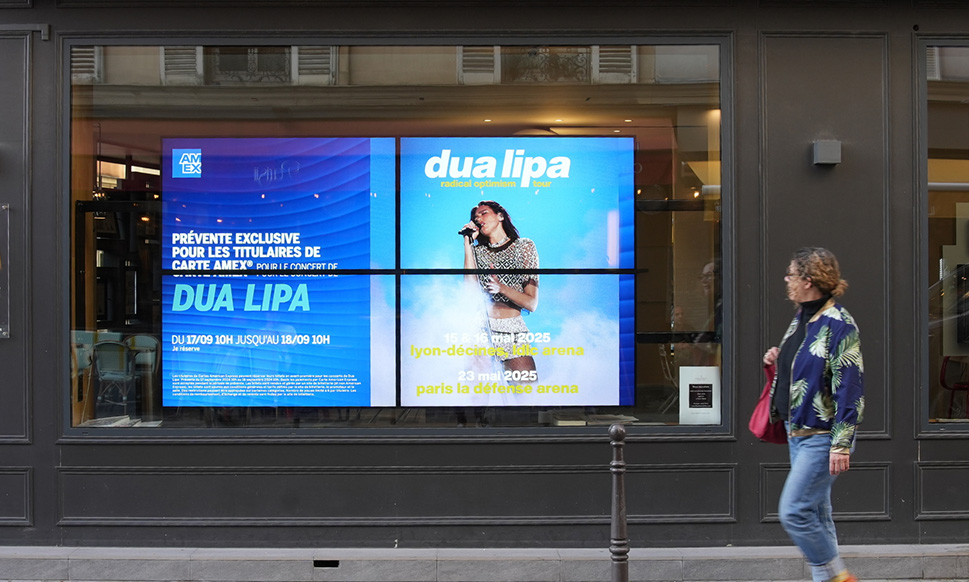
The Future of Programmatic Advertising
As global programmatic ad spend is projected to exceed $594 billion in 2024, the prDOOH industry will continue to grow. And as AI evolves further, we’ll see increased targeting, improved fraud detection, and more tailored experiences.
Final Thoughts
In today’s digital world, programmatic digital billboards are no longer optional but imperative. Programmatic digital out-of-home ads are not the future; they are the now, and whether you are a startup or an industry titan, they can lift your marketing strategy to the next level.
So, who’s ready to let AI and data do the work for you? Start exploring the world of prDOOH today and watch your brand shine on the streets!







